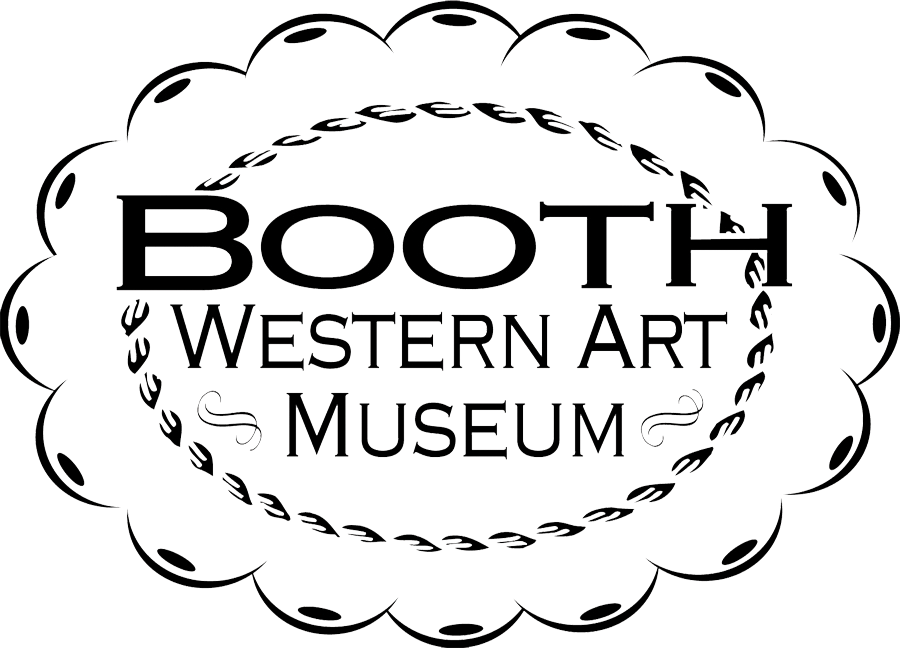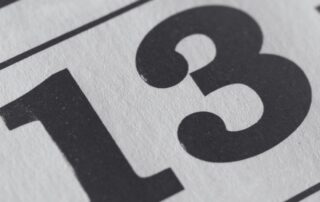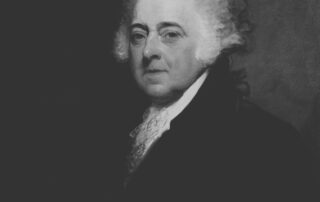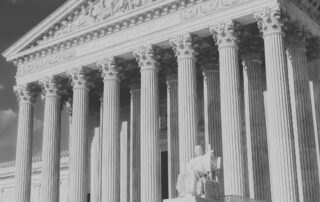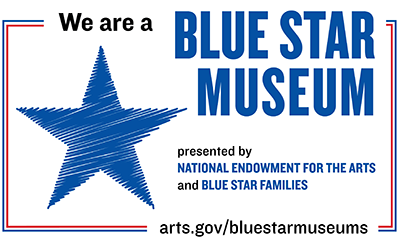Superstitions of the Presidents
Imagine yourself in this setting: you are the personal secretary to the president of the United States. It’s 5 pm and you get a call from a guest who must cancel that evening’s dinner. You then realize you must attend the dinner at seven that evening in their place.
Why?
Because your boss, Franklin Roosevelt, suffers from triskaidekaphobia, a fear of the number 13. So, you must attend, making the number at dinner 14.
For Franklin Roosevelt, the fear of the number 13 showed up in other ways too. He would not travel on the 13th day of the month. If it looked like he must travel on that date, he would make sure the train departed at 11:50 pm on the 12th.
Roosevelt had other superstitions too. He carried a rabbit’s foot lucky charm during the 1932 campaign. He thought it was bad luck to light 3 cigarettes with one match as well and would criticize anyone who did so in his presence.
Since FDR died on April 12, 1945, some say he was just determined to not pass away on the 13th.
Ronald Reagan
You may be surprised to know that superstitions are not uncommon among the presidents.
The most superstitious president wasn’t FDR, but Ronald Reagan. He carried a lucky coin in his pocket. He tossed salt over his shoulder for good luck.
After the assassination attempt on his life by John Hinckley, Jr. in 1981, Reagan’s wife Nancy hired a San Francisco astrologer named Joan Quigley. Her job was to predict good dates and bad dates for the president’s schedule. She spent the last 7 years of Reagan’s presidency giving advice to Nancy, who would pass it along to the Chief of Staff.
“What does Joan say?” became a common question in the White House and the title of her book as well. Quigley wrote that she “was responsible for timing all press conferences, most speeches, the State of the Union addresses, the takeoffs and landings of Air Force One. I picked the time of Ronald Reagan’s debate with [President Jimmy] Carter and the two debates with Walter Mondale.”
William McKinley
William McKinley was also into the good luck charm superstition. When he was first elected to Congress in 1876 he regularly wore a red carnation in his lapel. He decided to keep wearing the flower for the rest of his career. On occasion, if he had to say no to someone’s request, he would give them the carnation from his lapel as a token of ongoing friendship despite his decision.
In 1901, at the beginning of his second term, McKinley attended the Pam American Exposition in Buffalo New York. He was wearing his lucky red carnation when he decided to give it to a young girl named Myrtle in the reception line. Moments later his luck ran out and he was gunned down by his assassin, Leon Czolgosz.
Other Presidential Superstitions
Harry Truman wanted good luck too, so he hung a pair of horseshoes over the entry to the Oval Office.
Barack Obama had a favorite superstition during his campaigns. He like to play basketball and shooting hoops was a form of relaxation. In 2008, he realized that he won primary elections in Iowa and South Carolina when he shot hoops and lost elections in New Hampshire and Nevada when he didn’t. So, shooting hoops on election day became something he must do to win.
Woodrow Wilson also had a thing about the number thirteen. But unlike Franklin Roosevelt, he thought it was his lucky number. He was inaugurated in 1913. He was named president of Princeton University in his 13th year of tenure. There are 13 letters in the name Woodrow Wilson.
Research from the Gallup organization shows that 35% of Americans over age 30 refer to themselves as superstitious, so it’s not a surprise that a portion of our presidents have their own superstitions. After all, they’re human and subject to all the typical behaviors out there.
Hmmm….speaking of superstitions, wasn’t Bill Clinton’s cat “Socks” mostly black?
Interested in learning more about the presidents? Visit the Carolyn & James Millar Presidential Gallery on the upper level of the Booth Western Art Museum. The gallery features original letters and photographs of every U.S. president. Learn more at www.boothmuseum.org.
